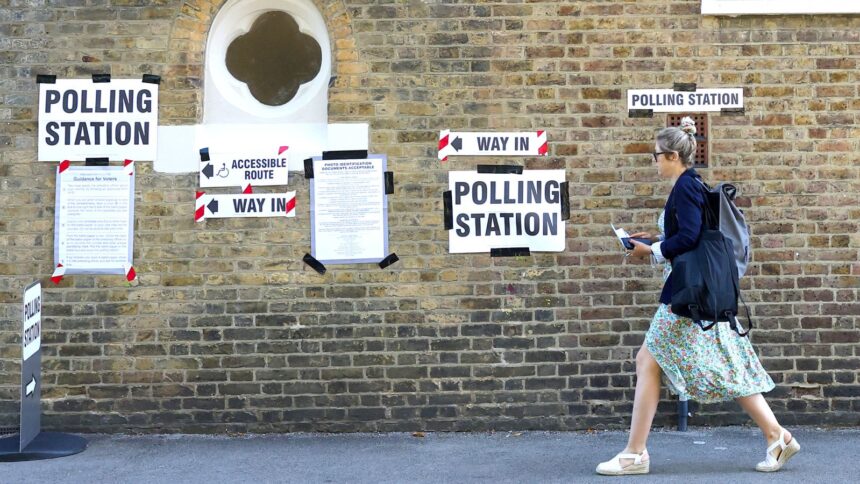Following the new law’s introduction to parliament by Boris Johnson’s Conservative administration, the regulation went into effect in 2023.
Although “nearly everyone” was able to participate “successfully,” the ID requirement prevented about 16,000 individuals from voting, and discouraged others from participating at all, according to the Electoral Commission.
The watchdog’s research revealed that 0.25% of the public were first turned away for lacking the proper documentation; two-thirds of them subsequently returned with the proper ID, while 0.08% were unable to do so.
According to ts polling, 4% of people who declined to cast a ballot cited the rule as a factor in their decision, with people from lower socioeconomic backgrounds more likely to claim a lack of approved identification.
“This was the first time all voters across the UK were required to show photographic ID at a general election, and the data shows almost everyone was able to do so successfully,” stated Vijay Rangarajan, chief executive of the commission.
We don’t want any voters to be denied their voice, but our data indicates that some people were deterred from voting by the requirement for identification.
In the UK, there is a high level of public awareness on the requirement for voter ID; however, certain voter groups remain less inclined to do it.







